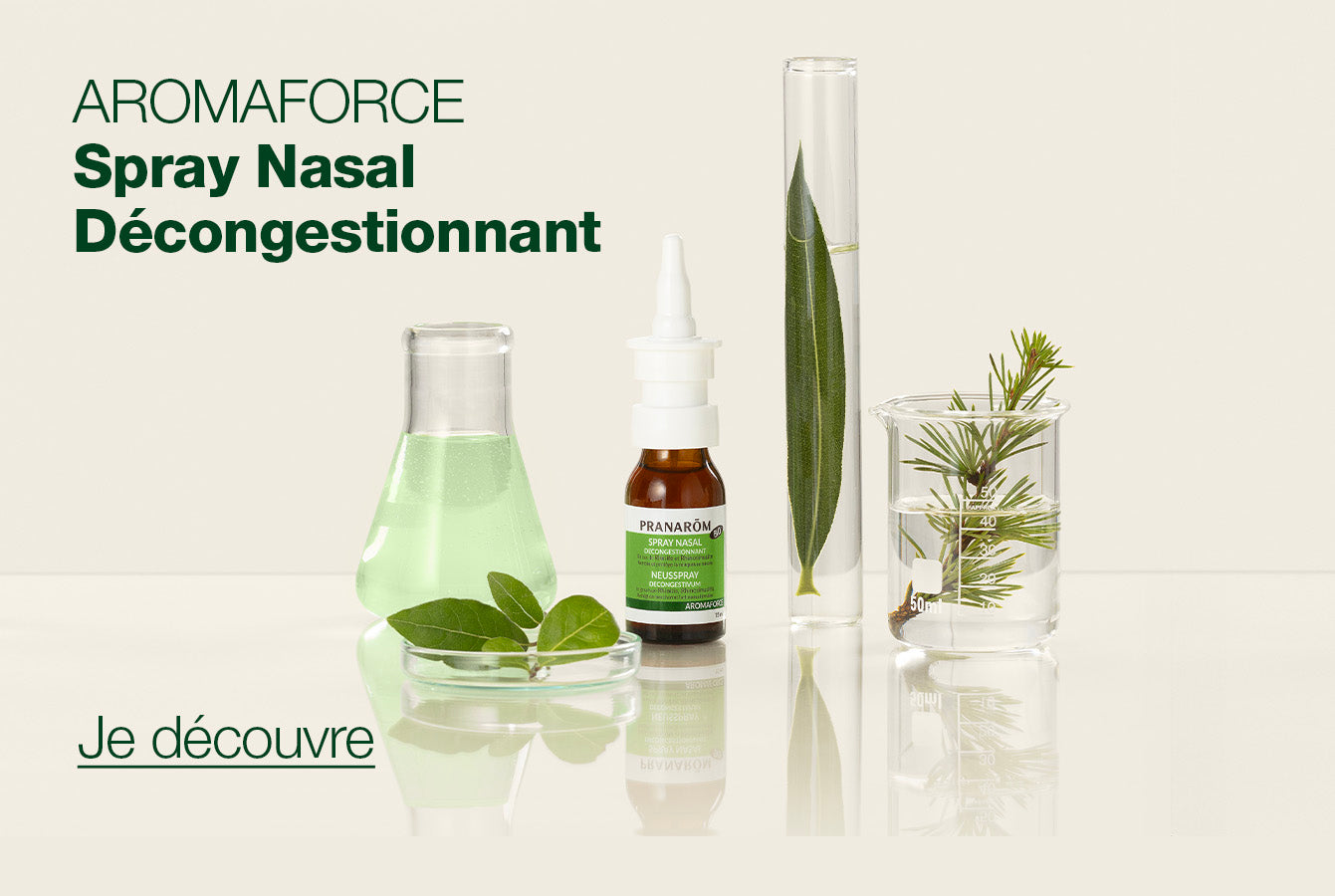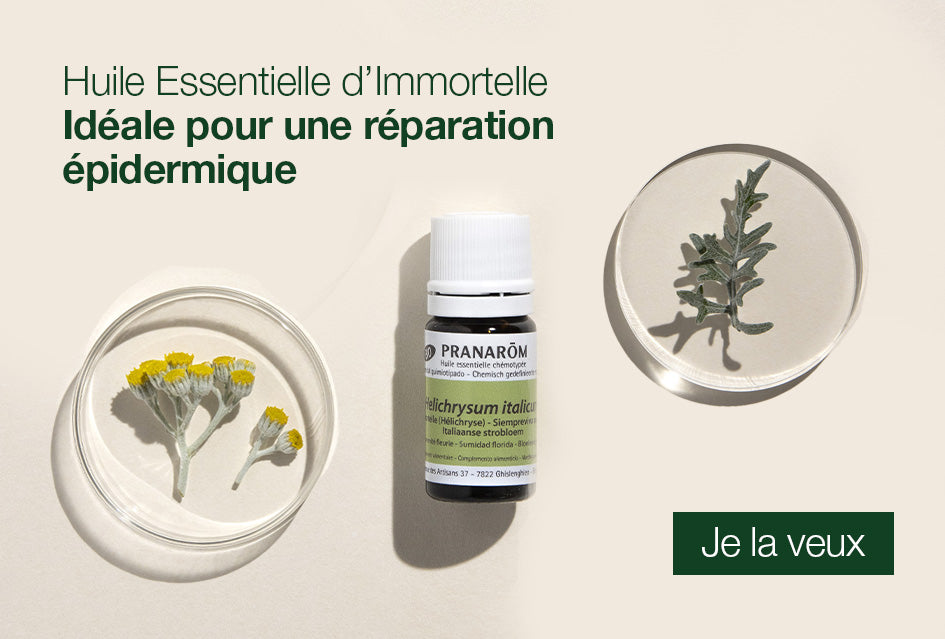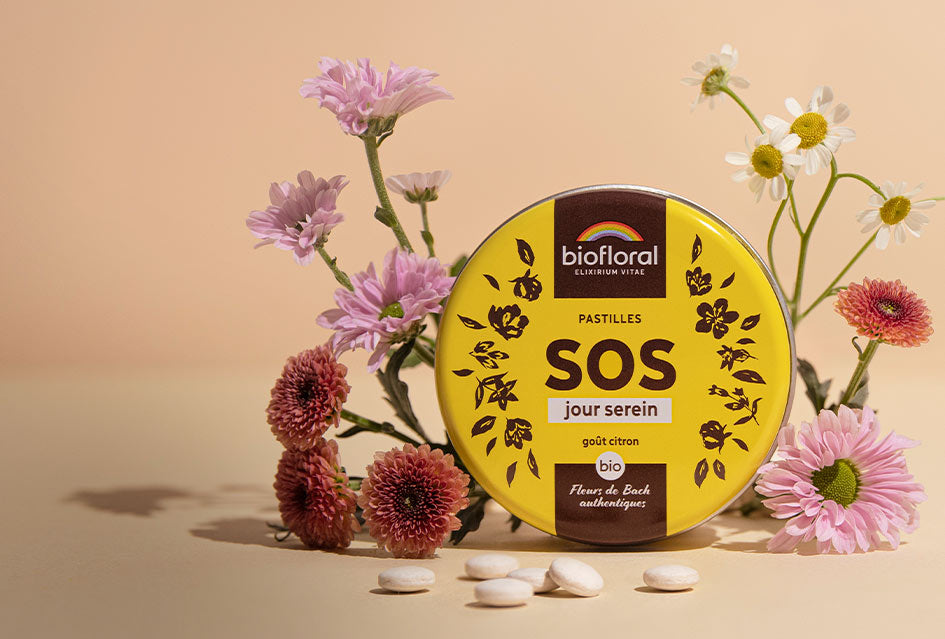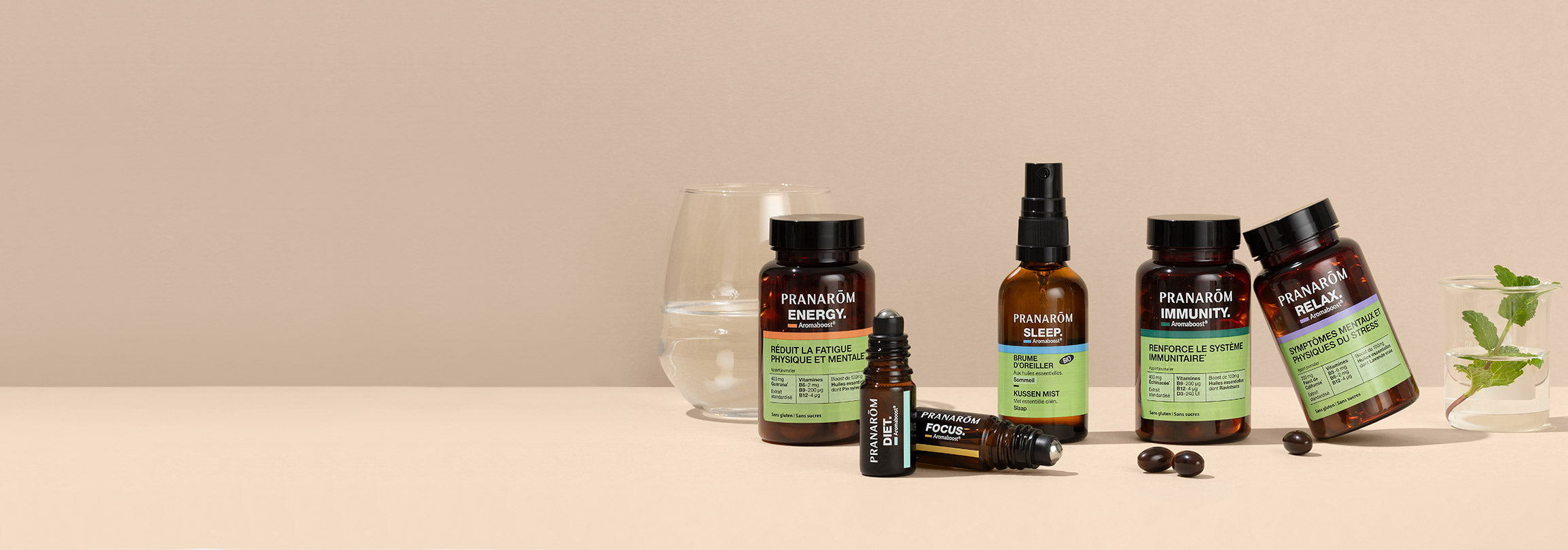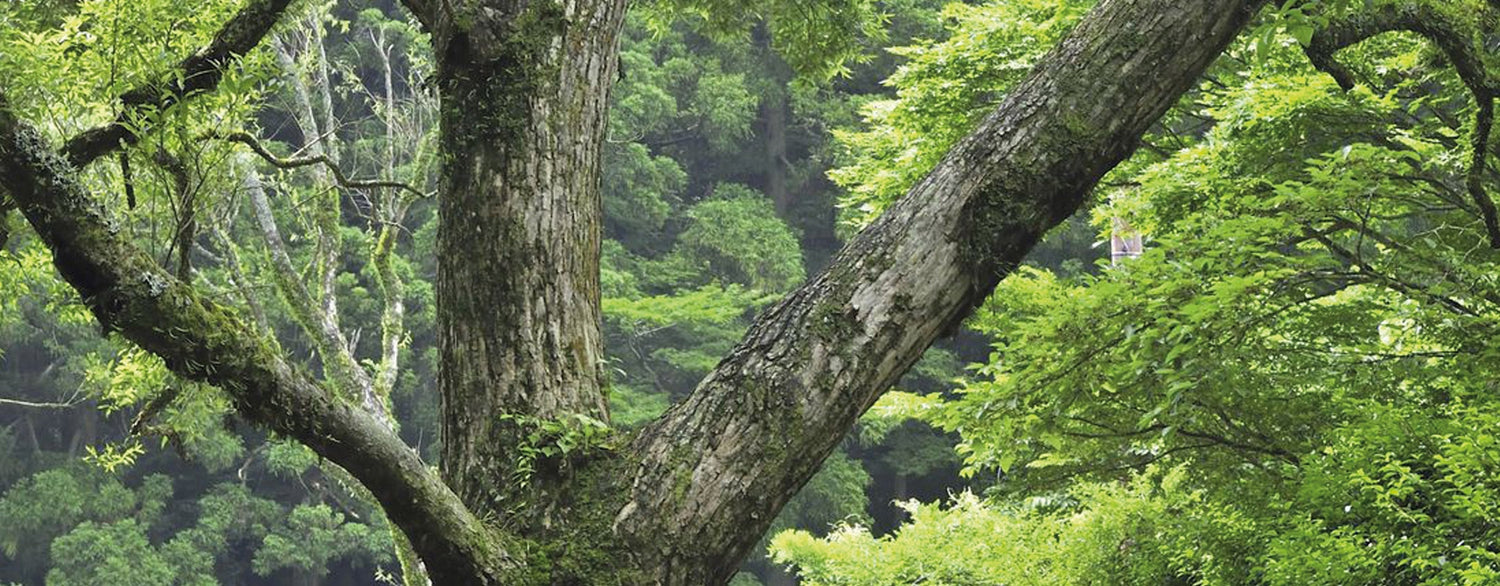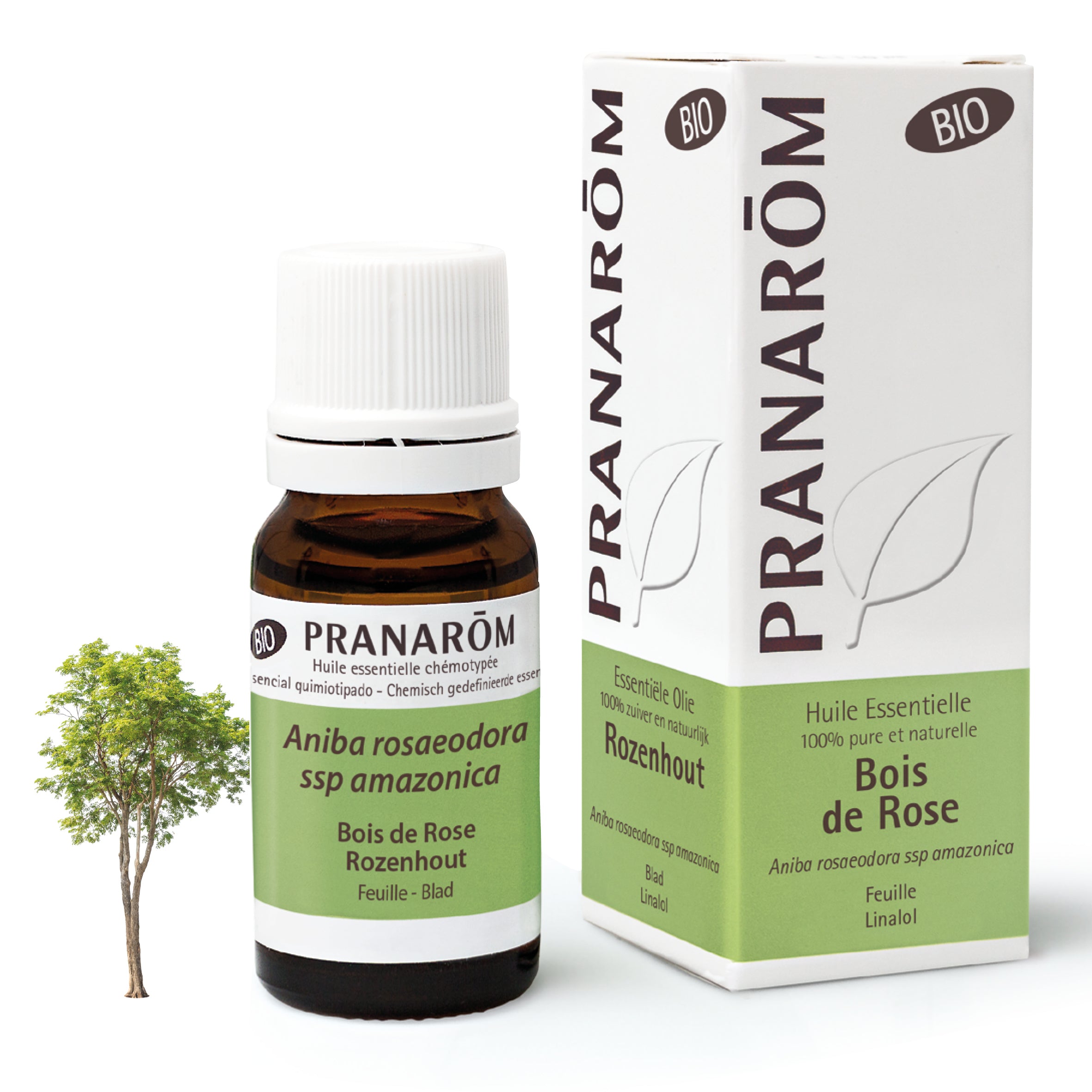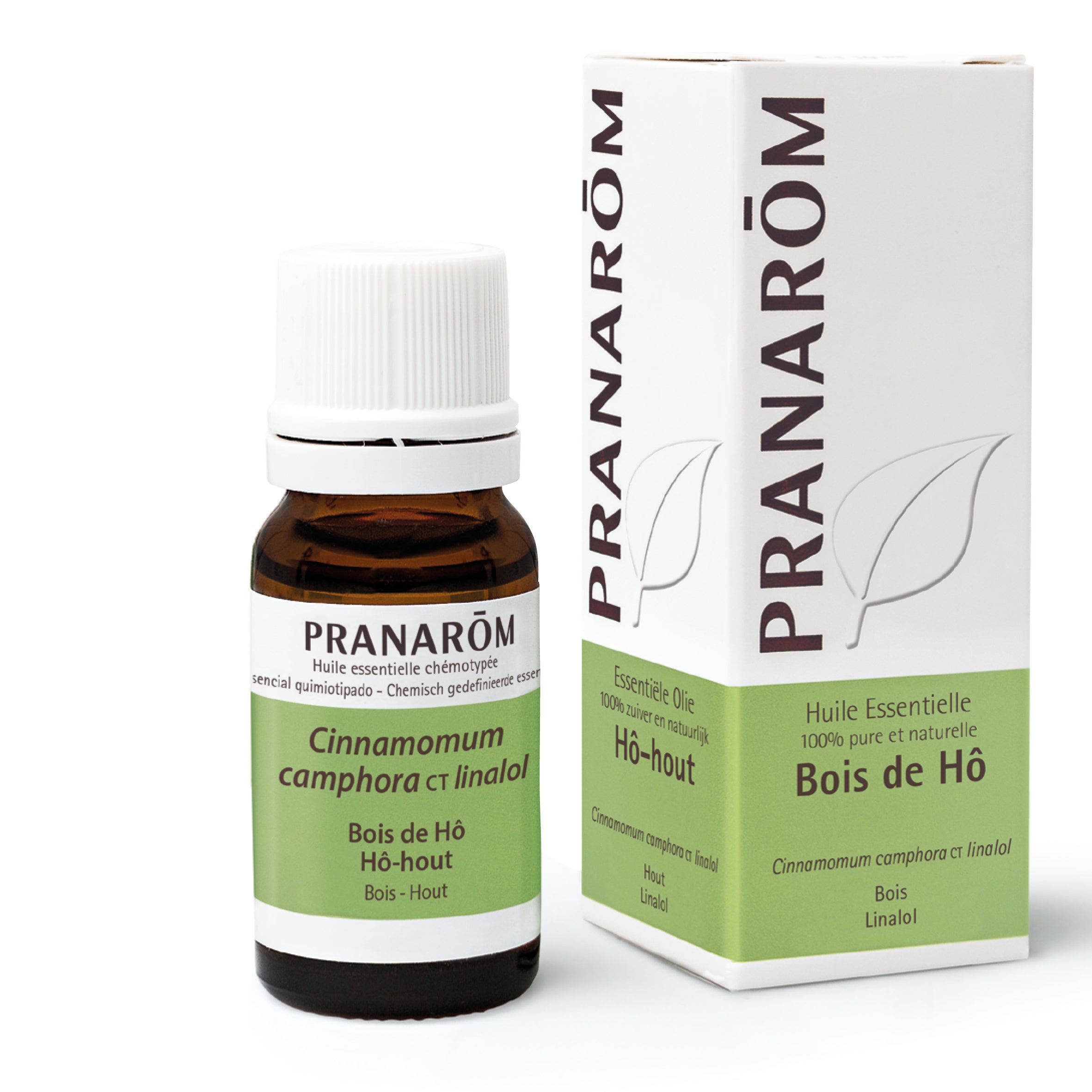It has been some time since Pranarôm stopped selling rosewood (aniba rosaeodora) essential oil.
This species is in fact gradually disappearing from the world market, above all because the plant requires very special protection.
However, we all know that many aromatic formulas make use of this wonderful essential oil known to be tonic and stimulating, anti-infectious and astringent for the skin. Well tolerated, rosewood essential oil was also a favorite of mothers concerned about the health of their little ones.
So, what to do? Ho wood essential oil (cinnamomum camphora CT linalool) can replace rosewood essential oil without any restrictions. The proof thanks to a comparative study signed Pranarôm that we invite you to discover…
An ecological problem:
According to the FAO ('Food and Agriculture Organization'), the Aniba rosaeodora Ducke rosewood "has been the subject of unsustainable exploitation to extract an essential oil rich in linalool".
The international organization noted a disappearance of wild populations of rosewood, slow regeneration and large exports.
This species is now fully protected by the Convention on International Trade in Endangered Species of Wild Fauna and Flora (CITES) under Appendix II.
This passage concerns species which, although not necessarily currently threatened with extinction, could become so if trade in their specimens were not tightly controlled.
Economic consequences:
Pranarôm has traditionally sourced its rosewood from Manaos, Brazil. This producing country was one of the first to act to preserve the species, which notably resulted in the blocking of stocks of rosewood essential oil at the borders and the skyrocketing prices.
Who says high price, unfortunately says major interest of fraudsters. In Madagascar where Pranarôm is established, for example, we observed that certain Asian criminal organizations managed to bury stocks of rosewood on remote beaches, in order to have them evacuated by boat in the middle of the night. A dangerous traffic that is now severely punished by Malagasy law.
For the record, note that as part of its Aromabe project, Pranarôm attempted last year to distill leafy branches of rosewood, but the pressure on this market and the related trafficking caused the failure. operation for now.
Rosewood and Ho Wood, aromatherapy treasures
Rosewood (Aniba rosaeodora) provides an essential oil known for various properties: antiviral, bactericidal, fungicidal, antiseptic, tonic and astringent for the skin and firming of tissues.
This oil, mainly composed of more than 90% linalool, has a chromatographic profile which closely resembles that of the essential oil of Ho Wood (Cinnamomum camphora Ct linalool) which comes from China.
Pranarôm has carried out a careful comparative study of several 'CG-MS' chromatograms of these two essential oils over several years and is proud to announce the results...
It should be noted that rosewood essential oil contains, in addition to the high proportion of linalool, two molecules at very low concentration: nerol at 0.24% and geraniol at 0.82%. These two molecules are completely absent in Ho wood essential oil.
On the other hand, the latter contains two other molecules also at very low concentration (1-Octanol at 0.13% and Fenchol at 0.15%) which are invisible in rosewood EO.
For the rest, these two essential oils are comparable in all respects.
Pranarôm states that the two essential oils (Rosewood essential oil and Ho wood essential oil) are very close biochemically and very similar in their properties and indications. The substitution of one by the other can therefore be systematic.
Ho wood essential oil ' Cinnamomum camphora Ct linalool ' can really be used exactly like rosewood essential oil ' Aniba rosaeodora ': same dosages, same dosages and same indications or contraindications.
Conclusion
Replacing rosewood with Hô wood is the absolute alternative to compensate for the lack of rosewood, a protected species.
It is therefore a sensible gesture both on a therapeutic and ecological level.
Ho wood essential oil is a convincing choice in the context of its biological antiviral, bactericidal, fungicidal, antiseptic, tonic and astringent skin and tissue firming activities.
These formulas will gradually be adapted to the shortage of rosewood, and Hô wood will appear prominently among the active ingredients of these products to be rediscovered!


